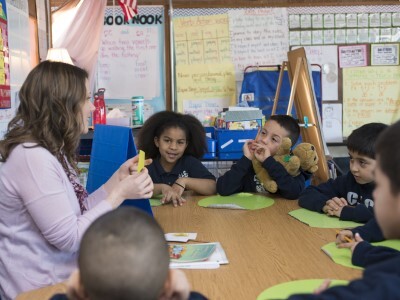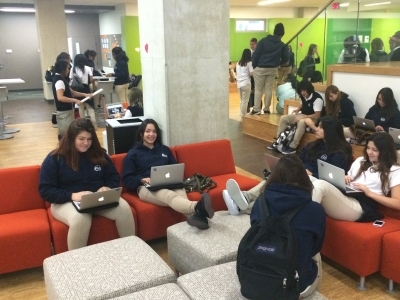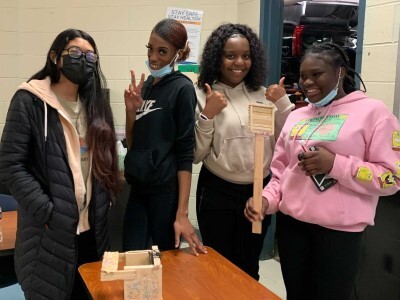Making It Personal: Why a ‘Relationships First’ Strategy Matters at the Start of a School Year
Topics
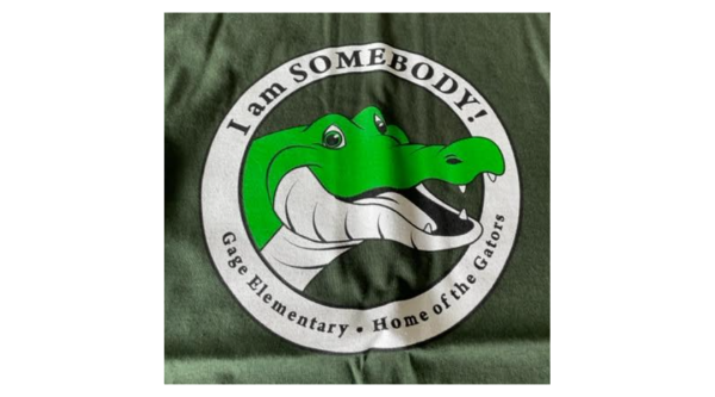
We’ve all had the experience of truly purposeful, authentic learning and know how valuable it is. Educators are taking the best of what we know about learning, student support, effective instruction, and interpersonal skill-building to completely reimagine schools so that students experience that kind of purposeful learning all day, every day.
These five strategies can build a positive “relationships first” school culture and can make schools better equipped to impact academic outcomes.
Gage Elementary School is one of the most diverse elementary schools in Rochester, Minnesota. Gage has traditionally had the highest number of multi-language learners at the elementary level in Rochester Public Schools, and a district-wide Spanish immersion program is offered for the K-5 grade levels. The student body is extremely diverse, including a range of ethnicities, languages, religions, socioeconomic backgrounds, and learning styles.
Creating a strong sense of community on our campus is vital to the success of our students, staff, and families. Despite the daily challenges of the last few years including distance learning and then the ongoing COVID-19 mitigation protocols and disruptions, Gage Elementary follows a norm that has been, and remains, our guiding principle: relationship building. Simply put, when we know our students as individuals, we are better equipped to build a positive campus culture and impact our academic outcomes.
Particularly at the start of a school year, putting relationships first is our strongest lever to understand our students, their families, and our greater community—and to set ourselves up for a successful year ahead. While this has been the work we’ve been doing for years, we don’t take this for granted. Each new year, our staff comes together as a team, whether they work in the classroom or in the cafeteria, to deliver on our mantra of “everyone supports anywhere they are needed.”
At the end of the day, just being kind humans helps our students. When we engage in real conversations and show our true selves, we’re creating more than just a place for learning—we’re creating a community.
Setting this foundation of support for our students begins by forming direct connections with them. Here are five effective ways to build a “relationships first” culture at our school:
1. All adults are here to serve kids.
On our campus, we don’t believe in hierarchies or titles. We work hard to ensure that our students know that any adult they encounter at Gage Elementary loves kids—period—which is foundational in establishing a sense of family. There isn’t a staff member here who doesn’t know our kids.
This model isn’t anything new; it’s been an essential part of my more than 25-year career in education. What’s different today is that, in the aftermath of COVID-19, this foundation of support has become even more important for our community of students.
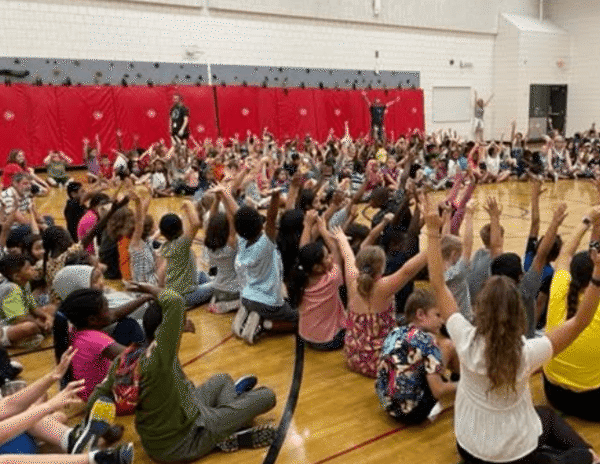
2. Authentic communication—inside and outside the classroom.
Part of really knowing our students is modeling how to be an authentic communicator. For example, one of our 5th grade veteran teachers, Malachi Johnson, says that his “goal number one is letting them know who I am and letting them know I care about who they are. I share who I am authentically and honestly by telling them things I like, things I don’t like, and things that make me mad.”
When he notices that certain students aren’t sharing in class or responding when he shares personal things about himself, he makes it a point to find them outside of the classroom and engage in conversation. “I try to focus on finding them at a time that is comfortable for them, maybe in the hallway or the playground or cafeteria, where it’s not academic-focused,” Johnson explains.
If I don’t have that classroom community and they don’t feel like they belong, they’re not going to have the best success that they can have.
3. Start the day by checking in.
The students at Gage Elementary have a “soft start” to their day to help them transition into their schoolwork. Students arrive at school greeted by a staff member—every door is manned each morning—and then they have breakfast in their classroom. From there, teachers employ a variety of strategies to ease into the day. Carise Miller, a 4th grade teacher, says that at the beginning of the year, she’s not thinking about academics. “I’m thinking about who my kids are that I have this year and what I’m going to do to build community with them,” she says. “If I don’t have that classroom community and they don’t feel like they belong, they’re not going to have the best success that they can have.”
Miller typically holds a daily morning meeting to allow the class to talk and build relationships with her and with each other. She will take what she learns from this sharing time to build personal anecdotes into academic lessons. “As I get to know the kids, I make jokes and put them into the lessons so that they are involved in the learning process,” she says. “I really try hard to combine the relationships and the teaching together.”
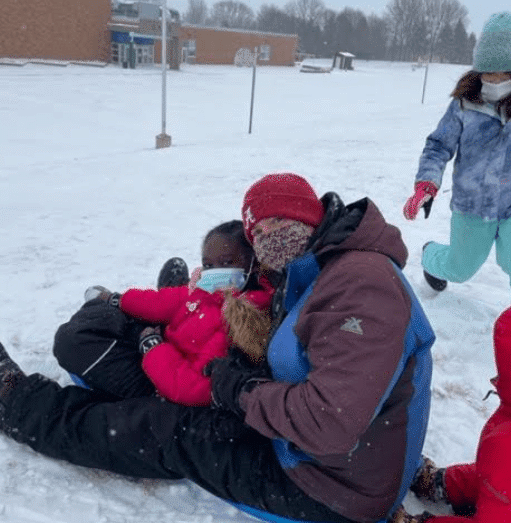
4. Use a communication tool, such as Along.
Some students may be naturally shy or quiet, or simply unwilling to share much about themselves when they’re around other students. Both Johnson and Miller find that using Along, an online teacher-student connection builder, allows them to establish relationships with these students. “It is super fun watching some of our quiet kids get excited and engaged,” says Miller of using Along. “I learn a lot more about these kids as they become more willing to open up. For kids who have a harder time in a large class environment, I love that Along is a private, one-on-one way to talk to them.”
Along is a free tool that provides educators with research-informed reflection questions. Educators choose a question and record their response, which is sent directly to their students. The student can then respond back in any way that they feel comfortable—via video, text, or audio. “I had a chance to connect to some kids who I was struggling to connect with,” shares Johnson, of his experience using Along last year. “I’d share a video and then they’d respond. That was really key to me and helpful for me to add to my understanding of these kids.”
Ultimately, our goal is for our students to think to themselves, “That’s my school.” Not, “That’s where I go to school,” but “That’s my school and those are my people.”
5. Be kind humans.
Particularly at the beginning of a school year, using a variety of relationship building strategies sets the stage for a productive year ahead. Ultimately, our goal is for our students to think to themselves, “That’s my school.” Not, “That’s where I go to school,” but “That’s my school and those are my people.”
That feeling of belonging has to be cultivated. By focusing on relationships as part of our daily strategy and routine, across our entire school team, we can look beyond the daily challenges happening in the world around us and create a school environment full of positivity. At the end of the day, just being kind humans helps our students. When we engage in real conversations and show our true selves, we’re creating more than just a place for learning—we’re creating a community.
All images courtesy of Gage Elementary School.


